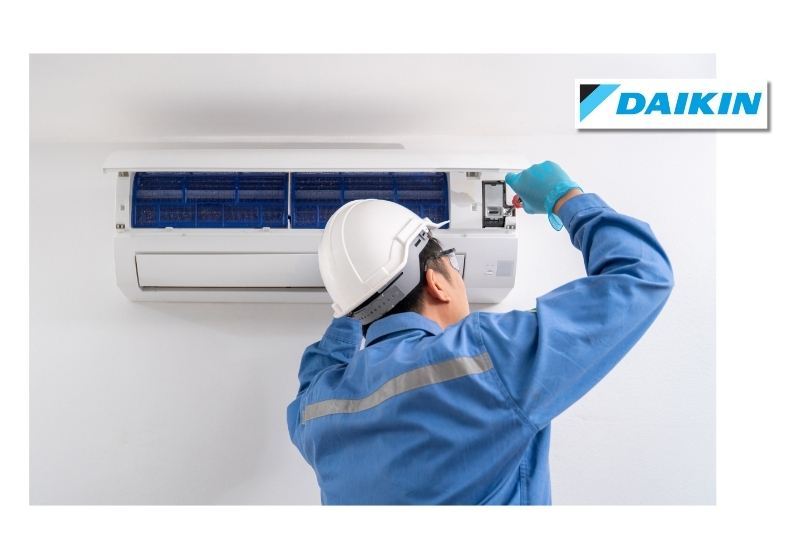The future of heating and air conditioning: Innovations and trends

As indoor comfort requirements continue to evolve, the heating and air conditioning industry is adopting innovative technologies to meet the growing needs for energy efficiency and sustainability. Here is an overview of the main innovations and trends in this field.
Renewable energy heating and air conditioning systems
The integration of renewable energy into heating and air conditioning systems is one of the most notable trends. Heat pumps, particularly geothermal and aerothermal systems, use the natural energy of the earth or air to provide efficient and sustainable heating and cooling. According to Daikin, these technologies can significantly reduce energy consumption and CO2 emissions. By harnessing renewable energy sources, these systems offer a more environmentally friendly alternative to traditional heating and cooling methods.
Smart control and connected technologies
The Internet of Things (IoT) is transforming the way we control our heating and air conditioning systems. Smart thermostats, such as those developed by Daikin, allow for optimal temperature regulation based on occupants’ habits. These devices use advanced sensors and learning algorithms to automatically adjust heating and cooling settings, providing maximum comfort with minimal energy consumption. Additionally, these systems can be remotely controlled via mobile applications, offering increased flexibility and convenience.
Innovative materials and predictive maintenance
Advanced materials, such as phase change materials (PCMs), play a crucial role in improving the energy efficiency of buildings. These materials absorb and release heat to maintain a stable indoor temperature, reducing the need for heating and air conditioning systems. Furthermore, artificial intelligence (AI) and predictive maintenance technologies enable real-time monitoring of equipment performance. According to Daikin, these systems can anticipate failures and schedule maintenance interventions, thereby reducing costs and minimizing service interruptions.
Conclusion
The future of heating and air conditioning is marked by innovations that focus on energy efficiency and sustainability. By integrating renewable energy, connected technologies, and innovative materials, companies like Daikin are paving the way for more eco-friendly and economical indoor comfort solutions. These technological advances not only improve our quality of life but also reduce our
















